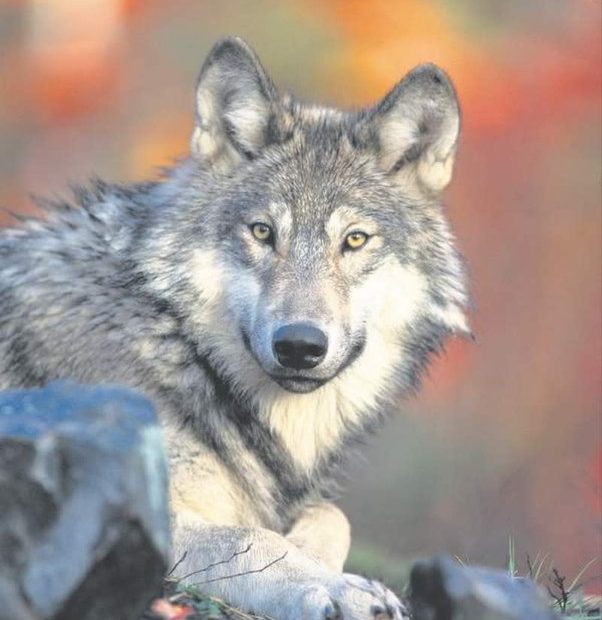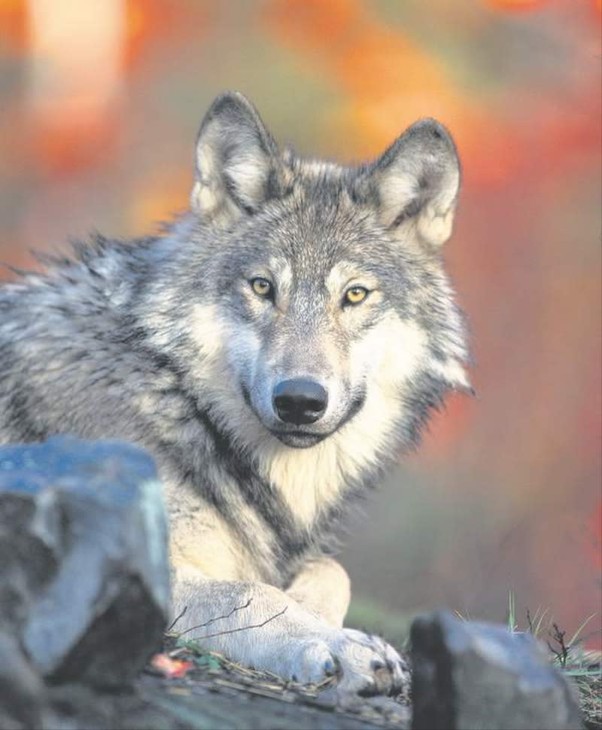
Wolves remain endangered in Washington state
Listen
(Runtime 0:54)
Read
Gray wolves will keep their endangered status in Washington state.
In a controversial suggestion, the Washington Department of Fish and Wildlife had recommended lowering wolves’ status from endangered to sensitive.
The department received over 13,000 public comments, nearly 90% of which were form letters opposing the status downlisting. Gov. Jay Inslee also sent a letter to the commission, requesting the wolves’ status remain endangered.
However, the decision was up to the state Fish and Wildlife Commission.
After a lengthy debate on Friday, the state Fish and Wildlife Commission voted 5-4 to keep gray wolves listed as endangered in Washington. The wolves remain federally protected in the western two-thirds of the state.
Wolves still have to make their way to the Olympic Peninsula and the Southern Cascades to meet the state’s recovery plan. That was one of the biggest hang-ups for many of the commissioners who voted against downlisting wolves. No breeding pairs have been documented in that recovery zone.
“As of yet we are not in compliance with the recovery plan,” said Commissioner Lorna Smith, who voted against the status change.
Commissioner Melanie Rowland voted against downlisting wolves, saying there should be stronger evidence about the number of wolves.
“If it’s well, ‘maybe it’s endangered, maybe it’s threatened, maybe it’s sensitive,’ you don’t change a listing,” Rowland said.
With a sensitive listing, wolves still would have remained protected. The new listing would have come with smaller poaching penalties and some changes to permits to kill wolves causing conflicts, said Julia Smith, the endangered species recovery manager for the department’s wildlife program.
However, other commissioners said wolves no longer meet endangered requirements in the state, with two of the three recovery zones boasting five times higher than recovery goals.
“Wolf numbers have shown way more robustness than people possibly expected,” said Commissioner Jim Anderson, who voted to downlist wolves.
Commissioner Molly Linville proposed a compromise: listing gray wolves as threatened. Four council members voted to downlist wolves based on the department’s expertise and predictions of how well wolves will do in the future.
Linville said the biology supported a sensitive listing, but the threatened listing would support Inslee’s request and the societal concerns brought up by some commissioners.
“The compromise isn’t in science,” Linville said. “It’s in the people around (the decision).”
Wolves wandered back into Washington in 2008. Their numbers have grown faster than people expected. Gray wolf numbers have consistently increased, especially in the eastern third of Washington. But there aren’t any known breeding pairs in the Olympic Peninsula or southern Cascades, which is required in the wolf recovery plan.
The state Fish and Wildlife Commission reviews the status of wolves every five years.
















